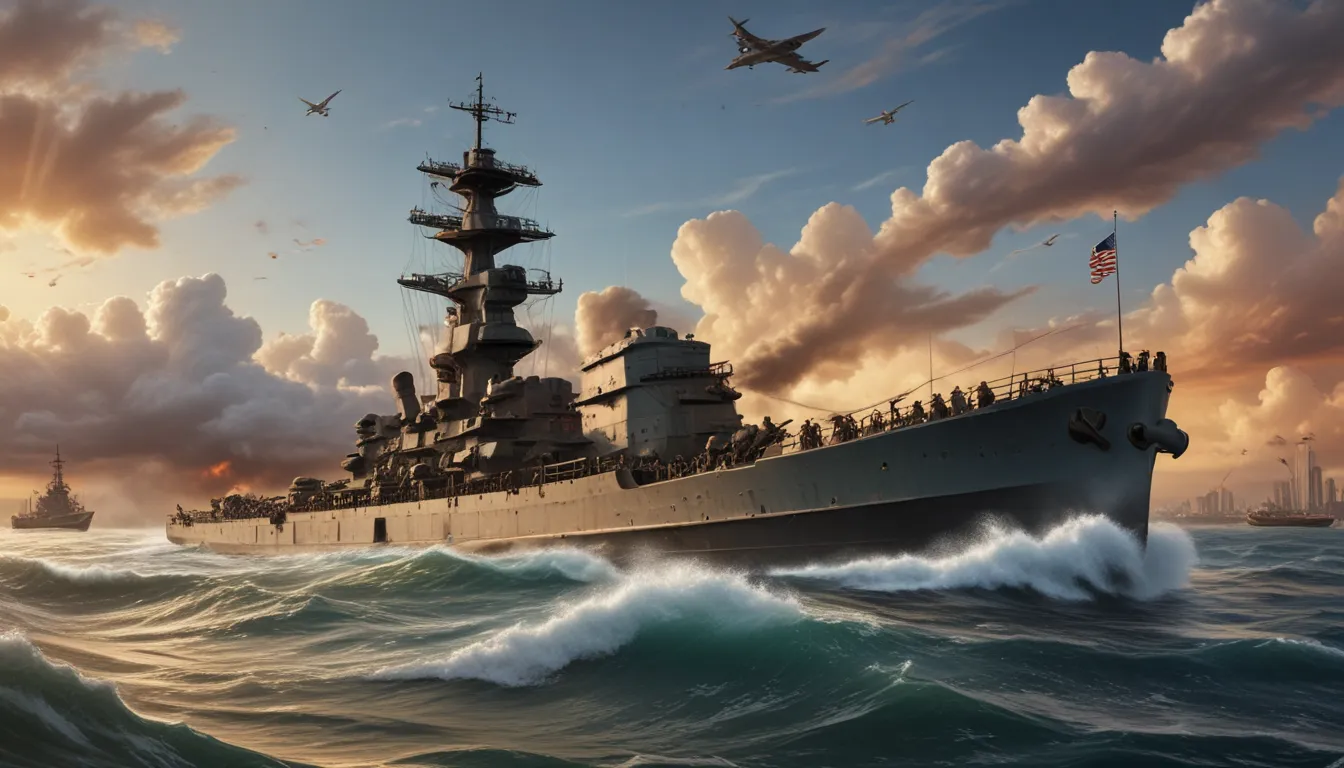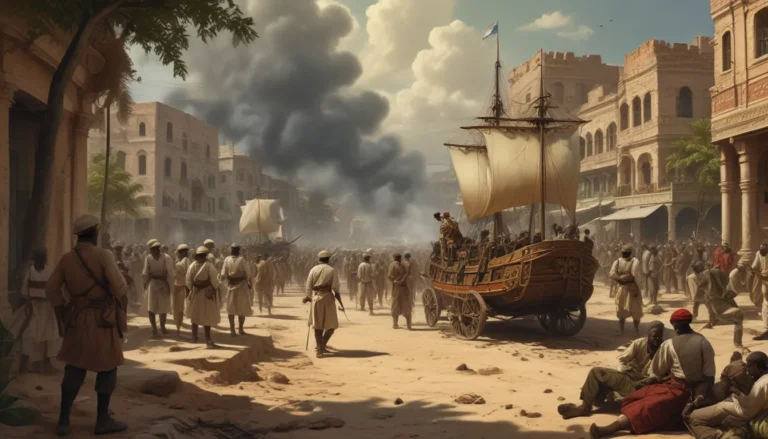The images in our articles may not match the content exactly. They are used to grab your attention, not to show the exact details in the text. The images complement the text but do not replace it.
Welcome to a journey through the intricate details and historical significance of the Japanese attack on Pearl Harbor, a pivotal event that propelled America into World War II. Join us as we explore the essential facts, interesting insights, and captivating aspects surrounding this momentous event that continues to shape history.
Exploring Pearl Harbor Infographics
The Timezone Conundrum
The date of the Pearl Harbor attack varied depending on the timezone. While in Hawaii and the USA, it unfolded on December 7, 1941, the attack actually occurred on December 8, 1941, in Japan and the rest of Asia. This discrepancy adds a compelling layer of complexity to the historical narrative.
Operation Z: The Codename Unveiled
Japan aptly codenamed the attack on Pearl Harbor as Operation Z, drawing inspiration from the Z flag with its historical significance denoting victory. This codename symbolized Japan’s strategic intent to secure triumph against the USA, setting the stage for the unfolding events.
Strained Relations: Japan’s Intentions Revealed
Contrary to popular belief, Japan initially harbored aspirations focused on China, not the United States. With their sights set on Chinese territories, Japan’s foray into conflict with the USA stemmed from economic sanctions imposed due to their activities in China, leading to rising tensions and eventual hostilities.
Challenging Conventions: The Admiral’s Dilemma
Amidst the planning for the Pearl Harbor attack, Admiral Yamamoto viewed the impending conflict with the USA as a risky gamble. His insightful analysis of Japan’s limited industrial capacity compared to the USA’s vast resources made him wary of prolonged engagement, foreseeing a brief window of success before potential American dominance.
Strategic Planning and Preparations
The Art of Preparation: Planning to Perfection
Japanese meticulous planning for the attack on Pearl Harbor included detailed scale models, reconnaissance missions, and extensive training exercises. Spies provided crucial intelligence, enabling precise targeting and strategic execution for the fateful assault.
Adapting to Challenges: Overcoming Obstacles
Navigating the shallow waters of Pearl Harbor posed a significant challenge for Japan’s torpedoes. However, quick adaptations and innovative solutions allowed them to modify torpedoes and effectively navigate the strategic limitations posed by the harbor’s unique geographic features.
Targeting Tactics: Precision and Prioritization
Japanese pilots received clear directives to focus on high-value targets such as battleships and aircraft carriers. This strategic targeting approach aimed to cripple the American fleet swiftly, paving the way for subsequent waves of the attack to maximize impact.
The Unfolding of the Attack: Intriguing Insights
Decisive Actions: The Impacts of Canceling the 3rd Wave
Admiral Nagumo’s pivotal decision to abort the planned 3rd wave of the attack carried significant implications. Factors such as fuel constraints, evolving American defenses, and strategic considerations influenced this critical choice, shaping the course of the battle and its aftermath.
Tactical Assessments: Questioning the 3rd Wave’s Potential
Historical scrutiny has cast doubt on the potential effectiveness of the canceled 3rd wave. Debates surrounding the feasible outcomes, strategic relevance of targeted infrastructure, and the evolving dynamics of the conflict offer a nuanced perspective on the complexities of wartime decision-making.
Enduring Legacy: Remembering the Infamy Speech
President Roosevelt’s poignant “day of infamy” speech resonated as a defining moment in American history, encapsulating the nation’s collective resolve in the face of adversity. His impassioned address to Congress underscored the gravity of the Pearl Harbor attack and set the stage for America’s unwavering commitment to victory.
Impact and Aftermath: Shaping the Course of WWII
Uniting Forces: The Rallying Cry Against Adversity
The Pearl Harbor attack galvanized American resolve, solidifying public sentiment and political will to confront the challenges of war head-on. The perceived betrayal by Japan fueled a sense of national unity and determination to overcome obstacles, setting the stage for a resolute pursuit of victory.
Strategic Shifts: Focusing on Germany First
Despite Japan’s initial attack, American strategic priorities centered on Germany, recognizing the greater threat posed by Nazi Germany’s military prowess and industrial capabilities. The decision to prioritize the European theater underscored a calculated approach to addressing escalating global conflicts.
Turning Tides: The Marianas Campaign and Beyond
The Marianas Campaign marked a pivotal turning point in the Pacific theater, heralding a series of strategic victories that signaled Japan’s impending defeat. The relentless Allied offensives, coupled with decisive engagements and strategic gains, culminated in Japan’s ultimate surrender and the conclusion of World War II.
Reflecting on History: Lessons Learned and Legacies Preserved
As we delve into the rich tapestry of Pearl Harbor facts, we uncover the multifaceted legacy of this historic event. From strategic insights to tactical nuances, each aspect unravels a deeper understanding of the past, shaping our collective memory and informing future perspectives on wartime history.
Conclusion
In unraveling the intricate details and historical significance of the Pearl Harbor attack, we navigate a complex terrain of strategic decisions, tactical maneuvers, and enduring legacies. As we reflect on the lessons learned and legacies preserved, we honor the sacrifices made and the resilience displayed during one of history’s defining moments. Join us on this transformative journey through the annals of history, where each fact uncovers new insights and perspectives on the enduring impact of Pearl Harbor.






